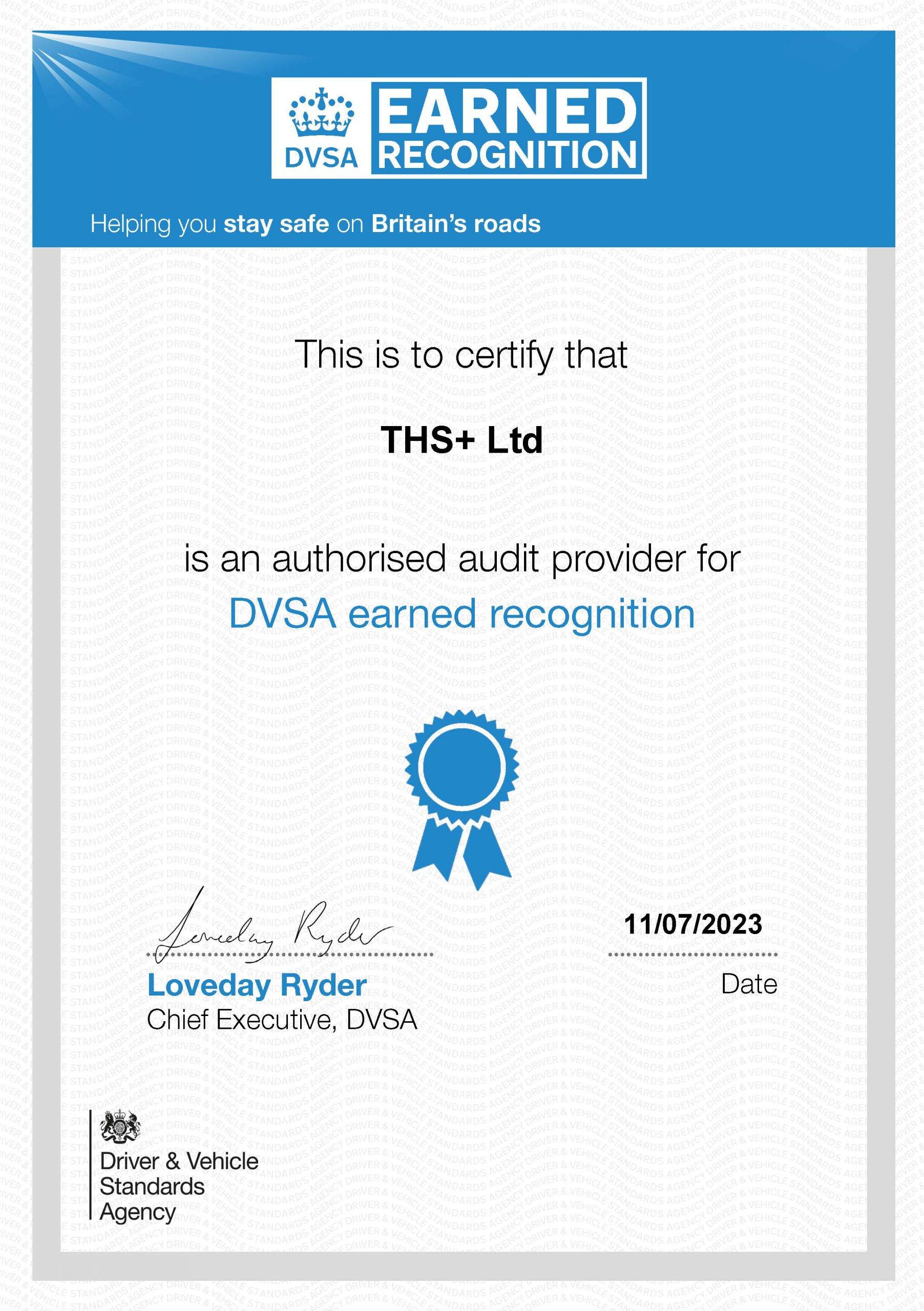COSSH regulation stands for Control of Substances Hazardous to Health Regulations. COSHH is a law that requires employers to control substances that are hazardous to health. COSHH is a set of regulations put in place to protect workers from ill health when working with specific substances and materials.
Depending on your industry, you may have already heard the term COSHH Regulations used in reference to health and safety procedures. If you’ve been left wondering exactly what COSHH stands for or what these regulations mean for you and your business, read on for all the information you need.
What COSHH Regulations means?
COSHH stands for the Control of Substances Hazardous to Health Regulations.
COSHH is the law that requires employers to control substances that are hazardous to health. You can prevent or reduce workers exposure to hazardous substances by:
- finding out what the health hazards are;
- deciding how to prevent harm to health (risk assessment);
- providing control measures to reduce harm to health;
- making sure they are used;
- keeping all control measures in good working order;
- providing information, instruction and training for employees and others;
- providing monitoring and health surveillance in appropriate cases;
- planning for emergencies.
A set of regulations required by employers to control the exposure of hazardous substances, COSHH stands for the Control of Substances Hazardous to Health Regulations. COSHH should be followed in order to prevent ill health with hazardous substances including; chemicals, bacteria, fumes and certain dusts. An employer must adhere to all COSHH regulations in order to control the safety of anyone who may come into contact with a harmful substance. To do this, there are several steps and procedures in place to keep everyone as safe as possible.
Health and safety in the workplace is of huge importance with the responsibility of staff’s safety lying at the door of the employer. Knowing how to equip your workplace with the appropriate health and safety procedures in order to keep employees safe whilst at work can often be difficult and confusing leaving you wondering, what can be done to make your company a safer place?
Reducing any risks that may cause problems to employees within the workplace can seem like a never-ending list. You must ensure that you supply first aid kits, have clear fire escape routes and the adequate number of fire extinguishers. If however, you work with or around dangerous substances, then you will also have an additional required set of rules and regulations to follow – this is where COSHH comes in.
COSHH is a British body of regulations that govern the storage and use of hazardous substances. When a substance is dangerous, it is described as either a solid, liquid or gas that can cause harm to people, other living organisms or the environment.
If you work amongst materials such as these you have more than likely come across COSHH. If hazardous substances are used within a business, the law requires the employer to monitor and control usage which prevents and reduces workers exposure to too many hazardous substances.
In order to comply with COSHH regulations, as an employer you must determine any health hazards within your business, decide what precautions are needed to prevent any harm to health and ensure any controlled measures are strictly followed.
Just as employers must follow these regulations, employers should also be provided with information, instruction and training on how to handle and store hazardous substances and a procedure to follow in the event of an emergency.
For harmful substances to be easily identified, a labeling system must be used which is required by law. This comprises of five levels to help users classify how dangerous a substance is and immediately allocate appropriate safety measures. The classifications are as follows:
- Very toxic = Substances which in very low quantities cause death or chronic damage to health when inhaled, swallowed or absorbed.
- Toxic = Substances which in low quantities cause death or chronic damage to health when inhaled, swallowed or absorbed.
- Harmful = Substances which may cause death or acute or chronic damage to health when inhaled, swallowed or absorbed via the skin.
- Corrosive = Substances which may destroy living tissues when coming into contact with them.
- Irritant = Non-corrosive substances which, through immediate, prolonged or repeated contact with the skin may cause inflammation.
Since COSHH has been established (25 years ago), there has been an overall reduction in hazardous substance related ill health. It’s thanks to regulations such as this that safer practice in the workplace can be up kept. With harmful substances being in the most unlikely places a lot of the time such as in factories, shops, farms, offices and labs it is important that every business checks what steps it needs to follow in order to stay within the correct health and safety regulations.
At Risk Assessment Products, we have a number of products that can help educate employees on the rules and regulations associated with COSHH and supply a range of specialist equipment that will help prevent or reduce workers exposure to harmful substances.
Just a few of our COSHH health and safety products include our COSHH information and help posters, Coshh DVD’s that look into how to handle and store substances and COSHH cabinets that safely store any hazardous materials.
Ensuring you have the appropriate tools needed to keep your employees safe when working around hazardous substances means that you as a business are protected by law and that you have done everything in your power to keep your staff as safe as possible.
HOW DO YOU FOLLOW COSHH REGULATIONS?
- Assess the risks
- Establish the precautions needed
- Prevent or adequately control exposure
- Ensure the use of control measures are used and maintained
- Monitor exposure
- Carry out appropriate health surveillance
- Prepare emergency procedures
- Ensure staff are informed trained and supervised
The first step is to assess the risk. This means you must identify which hazardous substances are present within your business and what risks they pose to the health of your employees and customers. You need to remember that not all hazardous substances are chemicals that you buy ready-made – some harmful substances may be produced by your work activities (such as dust or fumes). Once a potentially harmful substance has been identified, you should then judge how it could affect someone’s health while considering such factors as levels of exposure and how long people are likely to be exposed to the hazard.
If a safer alternative is available and the risk can be removed completely, this should always be the first measure you implement. For example, if a different non-hazardous substance is available providing the same outcome but at no risk to health, this is the preferable option. If it is not reasonable to remove the substance entirely, you should consider how you’ll control the exposure with methods such as adjusting the process for handling the substance, adding ventilation, reducing the exposure levels and using protective equipment.
Next, ensure that staff have this information available and are appropriately trained. They must be seen to understand the contents of the risk assessment and be trained in how to adhere to control measures, such as how to use safety equipment or personal protective equipment (PPE). Employees also have a responsibility by law to keep themselves and their colleagues safe, but use of such items and control measures should be monitored and supervised by the employer.
You should also review the control measures on an ongoing basis at intervals relevant to the specific substance, while monitoring exposure levels where necessary. Also make sure you’ve put in place a procedure to be followed in case of an emergency or accident. As always, communicate this with your team and ensure they have everything they need to be able to react in the appropriate manner.
Having your safety data sheets up-to-date and available for staff to refer to is another key part of being COSHH compliant. CRAMS stores safety data sheets for all the products that you use and we’ll even review them periodically to make sure you have the most up-to-date versions available. You and your staff can log in and access safety data sheets from any web-enabled device. Combine this with the COSHH training module which is included within CRAMS and you can be confident that you’re able to keep your people safe when using any hazardous substances.
What does COSHH cover?
The ‘substances’ part of COSHH includes any form of hazardous material, including liquids, solids, fumes, dust, vapours, fibres, nano-particles, mists, gases and biological agents such as bacteria and viruses. The ‘hazardous’ part includes damage to lungs, skin, nose, mouth, genes, internal organs, eyes or central nervous system as well as the risk of injury due to combustion or explosion.
Millions of people work in environments that bring them into proximity of hazardous substances, and the effects of mismanagement, poor safety and accidents can be fatal: 144 people were fatally injured at work in 2017/8. Exposure to harmful working conditions can also result in fatal diseases – such as asbestosis – which claim the lives of 13,000 people per year. Hazardous chemicals can also cause injury (541,000 workplace injuries were reported in 2017/8) and ill health (1.4 million workers suffer from work-related ill health. Non-stress or musculoskeletal disorders make up 56% of those). For example, there are 7,000 new cases of self-reported work-related skin problems.
There are many workplaces that have obvious risks – quarries, mines, metal finishers, woodworking and plastics factories – but there are many more that are less obvious such as cleaners, construction, automotive industry and even food preparation.
Workplaces must provide information/training and equipment to mitigate risk and injury, and employees must ensure they follow protocols. This often includes formal training – including the COSHH training course. The full responsibilities of both parties are listed below.
While the human cost is of primary concern, the cost to business is also huge, with 30.7 million working days lost in 2017/8 and a cost of £5.2bn due to workplace injury in 2016/7.
By following the COSHH Regulations, companies can save money and be more effective by reducing absenteeism and not having to replace trained workers. A healthy workforce means a healthy bottom line.
The best way to get a full understanding of what is and isn’t covered by COSHH is to undergo appropriate training.
COSHH employer responsibilities
Employers have a number of key responsibilities regarding COSHH laws. These include:
- Exposure – Employers must prevent or control exposure to hazardous substances. This can include the provision of appropriate personal protective equipment (PPE) where necessary
- Control measures – Implement control measures around hazardous substances and ensure these are maintained and kept up to date, in full working order and clean where appropriate
- Instruction – Provide employees with information, instruction and training around working with hazardous substances
- Procedures – Having procedures in place to deal with accidents and emergencies relating to hazardous substances
- Surveillance – Ensure employees exposed to hazardous substances are under adequate surveillance
- Risk assessments – Carry out COSHH risk assessments.
- Limits – Ensure the use of hazardous substances doesn’t exceed the Workplace Exposure Limit (WEL).
- Supervision – Check employees are carrying out tasks as they are supposed to.
COSHH Employee Responsivities
Employees have the responsibility to ensure that tasks are carried out safely to ensure no harm comes to themselves or others. These include:
- Safety – Assist their fellow employees in creating a safe working environment. This can include supporting colleagues to abide by the regulations specific to their workplace
- Procedures – Follow the procedures put in place to stop accidents and overexposure
- PPE (personal protective equipment) – Wear the correct PPE including eye and noise protection.This includes ensuring all PPE is stored correctly in the appropriate place
- Reporting – Report and record all accident, spillages and breakages
- Check-ups – Attend medical check-ups when required to
- Cleaning – Use cleaning and showering facilities provided by employers in line with official procedures
- Training – Keep up to date with training provided by employers.
Contact us for more information and follow us at Facebook for daily updates.








